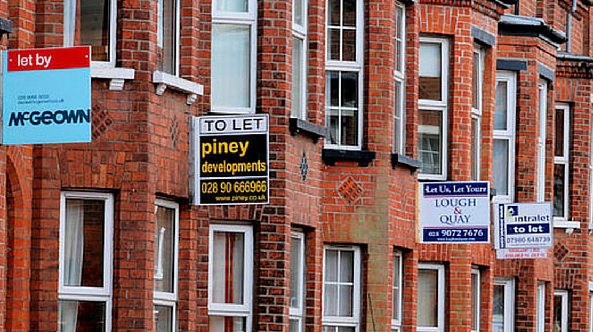Choosing between a short-term or a long-term rental can be a numbers game for landlords. However, recent trends show how most properties can be easily switched between the two options.
In recent years, thousands more landlords have chosen to let their properties out on a short-term basis. With the rise of platforms such as Airbnb, Booking.com and Home Away, it’s easier than ever to manage bookings and make arrangements.
Rental yields can be significantly higher too, although the market is not without its downsides. They tend to require more management, with a much higher turnover over guests and the cleaning and maintenance costs and organisation that comes with it. On the plus side, there are some tax differences that can make it beneficial.
Trend reversal in London
However, new research from Hamptons International shows there may now be a shift in the other direction. The firm has found that 37% of London homes that had been short-term lets are now on the market for long-term tenants.
London is of course a go-to spot for hundreds of thousands of tourists each year. As such, the market is very competitive among short-term rentals. However, the coronavirus crisis has caused a major depletion of tourism over the past few months. Business travellers who also use short-term accommodation are currently more thin on the ground.
Across the capital, around 5.1% of homes that had previously been listed as short-term lets were newly listed for long-term rental between the end of May and the end of July, says Hamptons. This shift is also affecting rents in the capital, as the increasing supply of buy-to-let is driving prices down there.
Aneisha Beveridge, head of research at Hamptons International, said: “For years there had been a steady stream of landlords moving from the long to the short let market in search of higher returns.”
“However following lockdown and in the two months since late May, this shift has been completely reversed with growing numbers of landlords looking to secure longer-term tenants.”
Regional differences becoming more apparent
The location of the property also plays a part. While central London has seen the biggest shift, other areas haven’t been as affected. With foreign holidays for Brits largely on hold, ‘staycations‘ seem to be boosting the short-term rental market in some areas.
Aneisha Beveridge adds: “The gap between what’s happening in the rental market in Inner London compared with the rest of the country has widened. While affordability pressures weigh on rental markets across the country, the lack of stock available is softening the blow.
“Across Great Britain there were 7% fewer homes available to rent last month compared with the same period last year. However the opposite is true in Inner London, where the increase in the number of short lets moving to the long-term rental market drove a 42% annual increase in stock levels and consequently lead to a record -8.4% fall in rents.”
Switching between long-term and short-term
There are plenty of pros and cons to the various ways you can let out your property. While some prefer the more hands-off nature of classic buy-to-let, others feel the greater profits of short-term lets are worth the work. The choice depends very much on a landlord’s individual situation.
However, as the Hamptons research shows, there is a certain amount of fluidity between the two options. Depending on the state of the market at the time, landlords can choose to switch. The ability to be flexible and adapt to changing patterns and trends can make a big difference to the outcome of any property investment.
At BuyAssociation, we have property investment opportunities across the UK. Many of our developments come with the option for short-term rental, while also being ideal for owner-occupiers. Get in touch to find out more, and sign up for free for early access to deals.










